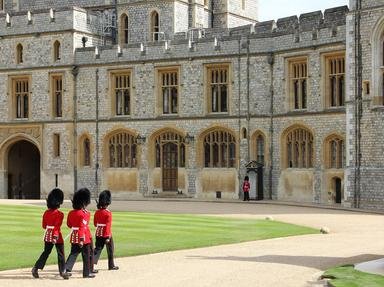Quiz Answer Key and Fun Facts
1. Harold Godwinson's birth and background did not foretell his eventual kingship. All of the following is true about Harold's origins EXCEPT:
2. For much of Harold's adulthood, the king of England was Edward the Confessor. What was Harold's relationship to Edward?
3. In 1051, the Godwin family briefly fell from power after a dispute with Edward the Confessor. Eustace II of Boulogne, a Norman friend of King Edward's, had a violent quarrel with the people of Dover. Harold and his family supported the people of Dover, refusing to punish them at Edward's behest. What happened to Harold during this crisis?
4. While his father lived, Harold was Earl of East Anglia. After his father's death, however, what earldom did Harold receive?
5. Harold, during his supremacy as a great earl and warrior, managed to have a rich family life. What is NOT accurate regarding his domestic situation?
6. Contemporary sources claim that Harold journeyed to Normandy some time between 1060-1066 AD. Why did Harold go to Normandy?
7. In 1066, Edward the Confessor died and apparently named Harold as his successor. What did Harold do on the same day of the late king's death?
8. Soon after Harold's accession to the throne, William of Normandy began to prepare for the invasion of England. What was one of William's primary arguments against Harold's legitimacy as king of England?
9. Harold had to fight all of the following men for his kingdom, EXCEPT:
10. Harold died defending England from foreign invaders. How did William dispose of the slain hero's body?
Source: Author
pagiedamon
This quiz was reviewed by FunTrivia editor
bloomsby before going online.
Any errors found in FunTrivia content are routinely corrected through our feedback system.


